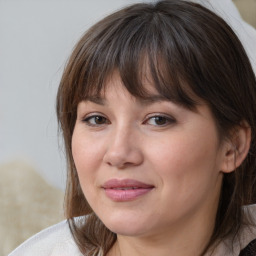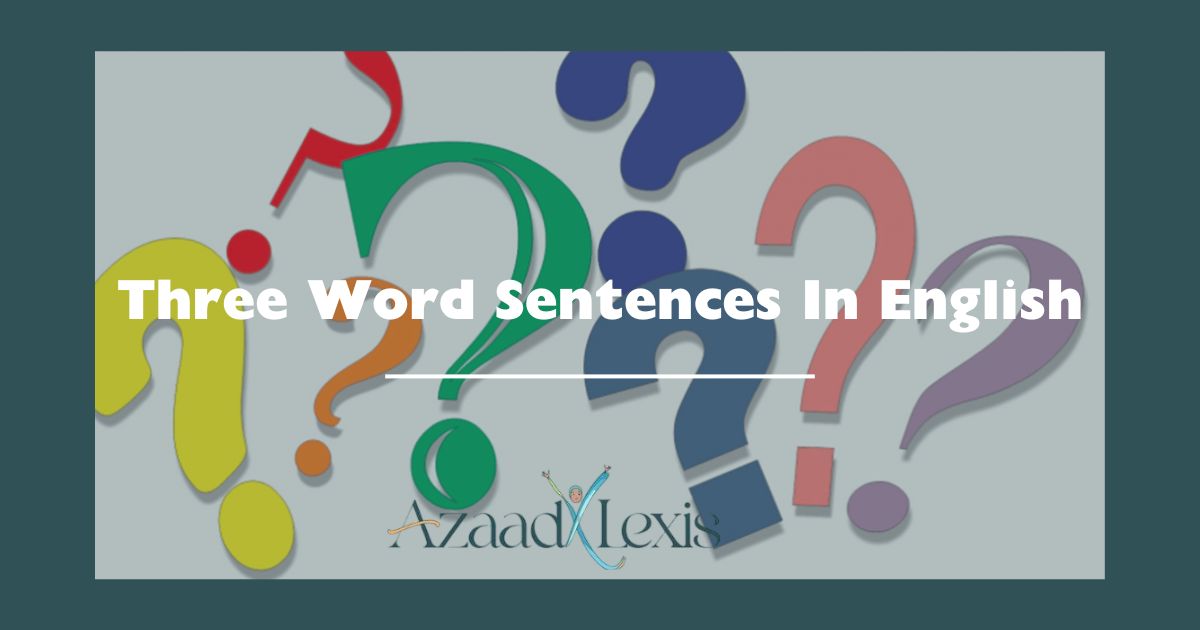Three-word sentences are a fantastic way for beginners to start building language skills. They offer a simple structure that helps learners grasp basic grammar and sentence formation. Whether it’s a child just starting or someone learning a new language, these sentences are a great first step.
Mastering three-word sentences boosts confidence in language use. It’s a quick and easy way to communicate everyday ideas. Once learners are comfortable with simple sentences, they can gradually move on to more complex structures.
By practicing these sentences, learners develop both clarity and fluency. They can express themselves effectively in a variety of situations. Three-word sentences lay the foundation for more advanced communication skills.
Examples of Three-Word Sentences
Common examples of three-word sentences can be found in many situations. Some popular sentences include “I love reading,” “He plays soccer,” or “They eat pizza.” These sentences express clear ideas and are easy to understand.
In addition to these common examples, a list of 100 daily use sentences for beginners is an excellent way to build a strong foundation. Some of the simplest include “She sings well” or “I see stars.” These can be expanded to cover various situations, making communication much more versatile.
Teaching Three-Word Sentences
When teaching three-word sentences, activities play a significant role. Activities for teaching 3-word sentences can include matching games, where students connect pictures with sentences, or exercises where they arrange words to create meaningful sentences.
Another useful method is sentence building blocks. In this activity, students use cards or physical objects to form simple sentences. This helps reinforce sentence structure in a hands-on way. Combining fun activities with learning ensures that students grasp the concept of basic sentence building without feeling overwhelmed.
Role play and story time are also powerful tools. By acting out scenes or reading short stories, children and beginners can practice using three-word sentences in context. This makes learning more engaging and practical.
Practical Applications of Three-Word Sentences
Three-word sentences are not only useful for learning but also in everyday communication. For instance, using three-word sentences in daily conversations helps reinforce language skills in real-life situations. Sentences like “I want candy” or “He likes music” are simple but effective ways to convey thoughts clearly.
In kindergarten, three-word sentences are essential. They help young children learn to express themselves in simple and clear ways. Teachers often focus on phrases such as “I see dog” or “She runs fast” to teach children how to use language in a structured manner. These sentences make it easier for them to communicate their needs and ideas.
Sentence Building Techniques
Learning to build sentences requires understanding the connection between words. Sentence maps are a helpful tool for this. A sentence map shows how different words come together to form a meaningful structure. When students combine words, they can see the structure more clearly and understand the function of each word in the sentence.
Another important technique is combining words while focusing on sight word fluency. Sight words are commonly used words that children are encouraged to recognize by sight rather than by sound. Once a student has mastered these words, they can easily form three-word sentences, improving both speed and fluency in reading and writing.
Incorporating high-frequency sight words into sentence-building exercises is a great way to reinforce vocabulary and grammar skills. For example, sentences such as “The dog runs” or “I see her” use frequently recognized words, making it easier for beginners to build confidence.
Fun Ways to Learn Three-Word Sentences
Learning three-word sentences can be enjoyable when using fun methods like picture matching and sentence structure games. Matching pictures with sentences helps reinforce the connection between words and their meanings. This visual approach makes it easier for children and learners to grasp new concepts.
Build and write a sentence set is another enjoyable exercise. By providing a set of words, students can create multiple three-word sentences, enhancing their understanding of sentence structure. It’s an interactive way to practice while having fun.
Using three-syllable words in dictation practice can also improve sentence-building skills. As students dictate sentences with three words, they learn how to pronounce and combine longer words in a meaningful way.
FAQs
What are three-word sentences?
Three-word sentences are simple statements formed using just three words, like “I love pizza.”
Why are three-word sentences important?
They help beginners understand sentence structure and improve communication skills.
How can I teach three-word sentences?
Use activities like sentence building blocks, role play, and story time for hands-on learning.
Can three-word sentences be used in daily life?
Yes, they help communicate basic ideas clearly in everyday conversations.
What are some examples of three-word sentences?
“She eats lunch,” “I see stars,” and “He likes soccer” are common examples.
Conclusion
Mastering three-word sentences is a valuable step in language learning. They offer a simple, effective way to communicate basic ideas, especially for beginners. Whether used for teaching, building fluency, or in everyday conversations, three-word sentences are essential for language development. By practicing these techniques, learners can build a strong foundation for more complex sentence structures in the future.


